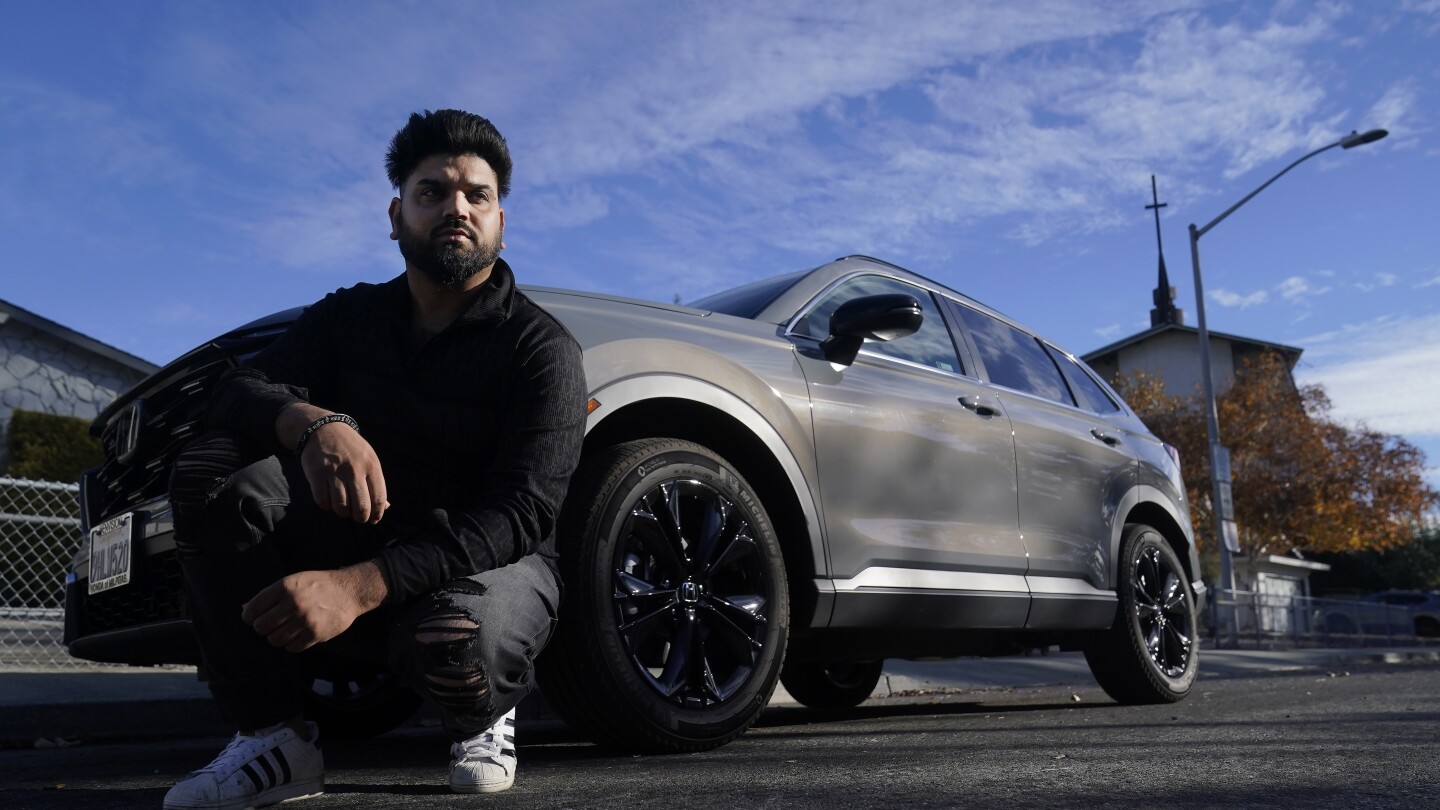America’s automakers have staked their futures on the notion that electric vehicles will dominate sales in the coming years, spurred by buyers determined to reduce carbon emissions and save on fuel.
But so far, while EV sales are growing, their pace is falling well short of the industry’s ambitious timetable for transitioning away from combustion engines. Instead, buyers are increasingly embracing a quarter-century-old technology whose popularity has been surging: The gas-electric hybrid, which alternates from gas to battery power to maximize efficiency.
So far in 2023, Americans have bought a record 1 million-plus hybrids — up 76% from the same period last year, according to Edmunds.com. As recently as last year, purchases had fallen below 2021’s total. This year’s figures don’t even include sales of 148,000 plug-in hybrids, which drive a short distance on battery power before a gas-electric system kicks in.



You’d need an EV with a pretty large battery to drive a total of 200-300kms without charging over a few days in that cold. It would be an expensive model to achieve that.
If that was truly your driving situation, as an avid EV proponent, I’d suggest you not get one. At best, you’d barely manage it. At worst it would end up costing a fortune for tows, additional electric set up (adding a plug at your destination), or tons of hours waiting to charge. It would be an overall shitty experience.
Yeah, I’m really hoping the technology improves in the next decade to the point where EVs are viable for that sort of thing.
I’m in Canada and we’re looking to have all new vehicles sold be zero emission by 2035. Plug-in hybrids with at least an 80km range will count as zero emission though, and that does seem like a perfectly fair compromise that would work for me.